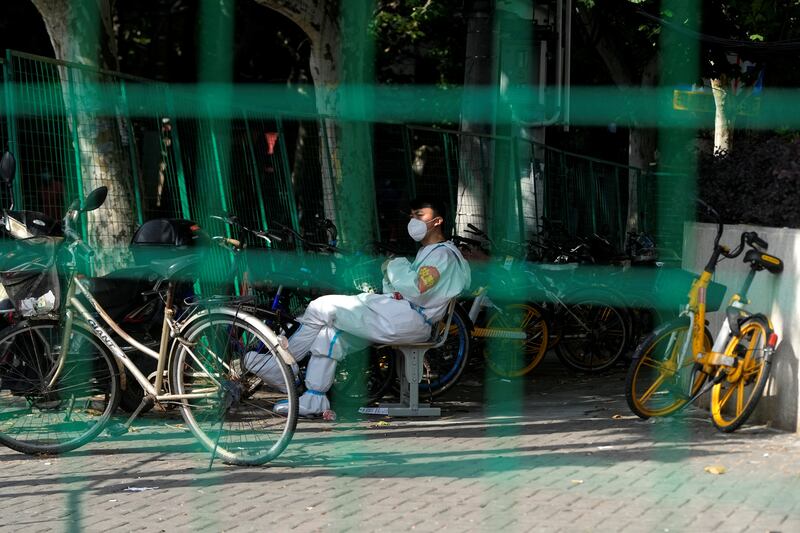Oil prices dropped on Friday after the US posted data showing inflation hit a new 40-year high last month and China's reintroduction of lockdowns in parts of Shanghai.
Brent, the global benchmark for two thirds of the world's oil, closed the week 0.86 per cent lower at $122.01 a barrel on Friday. West Texas Intermediate, the gauge that tracks US crude, was down 0.69 per cent to $120.67 a barrel.
“Whatever weakness emerges for crude will likely be short-lived as this will be one of the busiest driving seasons ever,” said Edward Moya, a senior market analyst at Oanda.
“The pent-up demand for vacation and travel will be front-loaded and demand for crude will be robust even if … prices make a move towards $6 a gallon.”
Both oil benchmarks are still up about 70 per cent since last year as developed economies recover from the coronavirus pandemic, Russia's military offensive continues into its fourth month and the EU presses forward with banning most of Russian oil imports by the end of this year.
Prices are also elevated as the oil market remains tight due to supply shortages and rising demand as the US and Europe head into the summer season.
US crude oil inventories increased only by 2 million barrels for the week to June 3, compared with a drawdown of 1.5 million barrels the previous week, leaving inventories at 416.8 million barrels, 15 per cent below the five-year average for this time of the year, according to the latest report from the Energy Information Administration.
Inflation in the US continued to rise in May with the consumer price index increasing by 8.6 per cent from a year earlier, exceeding all estimates. Shelter, food and petrol were the largest contributors.
Meanwhile, news reports said eight city districts of Shanghai had returned to lockdown — 10 days after a lockdown was lifted — due to positive Covid-19 cases and mass testing for residents of the commercial centre is under way. This has raised concerns about the impact on business and consumption in the world's second-largest economy and biggest energy importer.
The World Bank this week warned of rising stagflation as it slashed its growth forecast for the global economy for the second time this year as the Ukraine war exacerbates the slowdown from the Covid-19 pandemic and adds to inflationary pressures.
The lender lowered its growth estimate for 2022 to 2.9 per cent, from the 3.2 per cent projection it issued in April, as the escalating geopolitical crisis threatens to lead to a “protracted period of feeble growth and elevated inflation”, the multilateral lender said on Tuesday.
The International Monetary Fund, the Institute of International Finance and the 38 countries that comprise the Organisation for Economic Co-operation and Development have all cut their growth projections for this year as well.
“Improving fundamentals, surging inflation and ongoing signs of a pivot from supply scarcity to hoarding, suggests that the stars are aligning for global commodities to move in a syzygy fashion even higher over the summer months,” said Ehsan Khoman, director of emerging markets research for Europe, the Middle East and Africa at MUFG Bank.
“The tailwinds still far outweigh the headwinds.”






